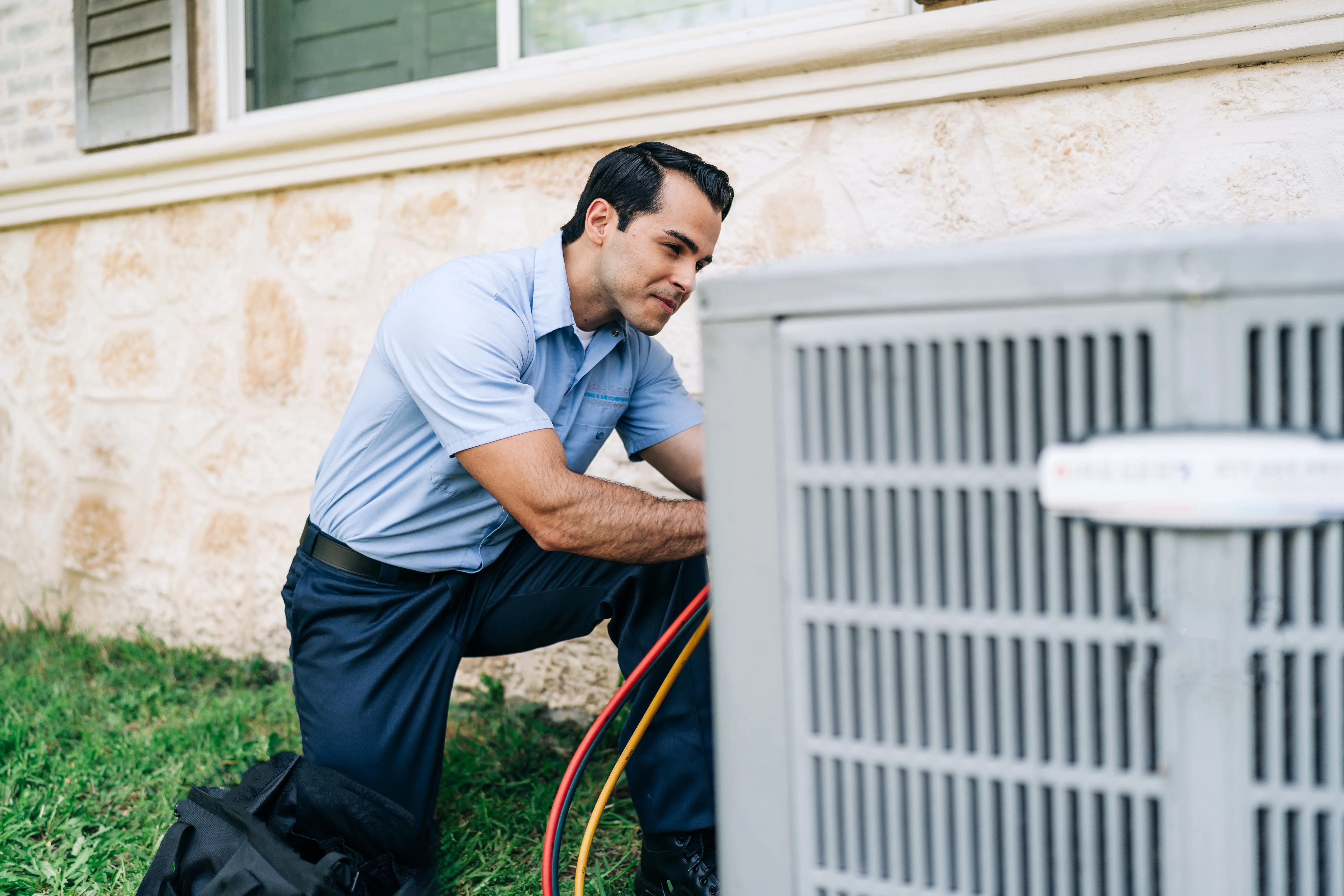At Aire Serv, we strive to keep the air in which we live and breathe comfortable and clean, so people live healthier, happier lives. Since 1992, our brand has stood for excellence and putting customers first. When you see the name Aire Serv, you can expect quality services and customer attention. With over 200 locations across the United States and Canada, Aire Serv is a trusted name in the field of heating and air conditioning installation, maintenance, and repair. Discover more about us:
- Brands We Service
- Careers
- Blog
- Contact Us











